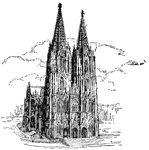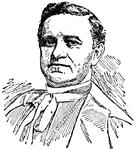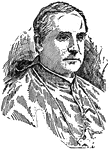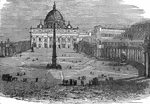Clipart tagged: ‘Roman Catholic church’

Metz Cathedral
The Metz Cathedral is also known as the St. Etienne de Metz in French. It is a Roman Catholic church…

Cathedral of Chartres
The cathedral of Chartres is a roman catholic cathedral in Chartres, France. Built in a Gothic style,…

Fenestella in the Church of Norrey
"Fenestella. In Roman Catholic churches, a niche on the south side of an altar, containing the piscina,…
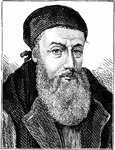
Archbishop Edmund Grindal
Edmund Grindal (c. 1519 – 6 July 1583) was an English church leader who successively held the…

Lazarist Church at Vienna
"In this city many individual tendencies are perceptible, but the predominant inclination is toward…
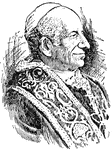
Leo XIII
Pope Leo XIII (1810-1903). Archbishop, bishop, cardinal, chamberlain of the Sacred College, and Pope.
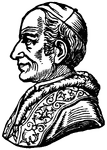
Pope Leo XIII - Side Portrait
Profile of Pop Leo XIII. He was elected pope on February 20th, 1878 and died July 20th, 1903. He was…

Archbishop William Sancroft
William Sancroft (30 January 1617 – 24 November 1693), was the 79th archbishop of Canterbury. He became…
Spire from the Senlis Cathedral
Illustration of a spire of the Senlis Cathedral in France, early 13th century. It is "one of the earliest…
Pastoral Staff
"The Pastoral Staff is, in the Roman Catholic Church, the official staff of a bishop or abbot. The pastoral…
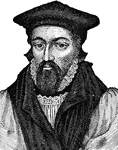
Archbishop John Whitgift
John Whitgift (c. 1530 – February 29, 1604) was Archbishop of Canterbury from 1583 to his death. Noted…
